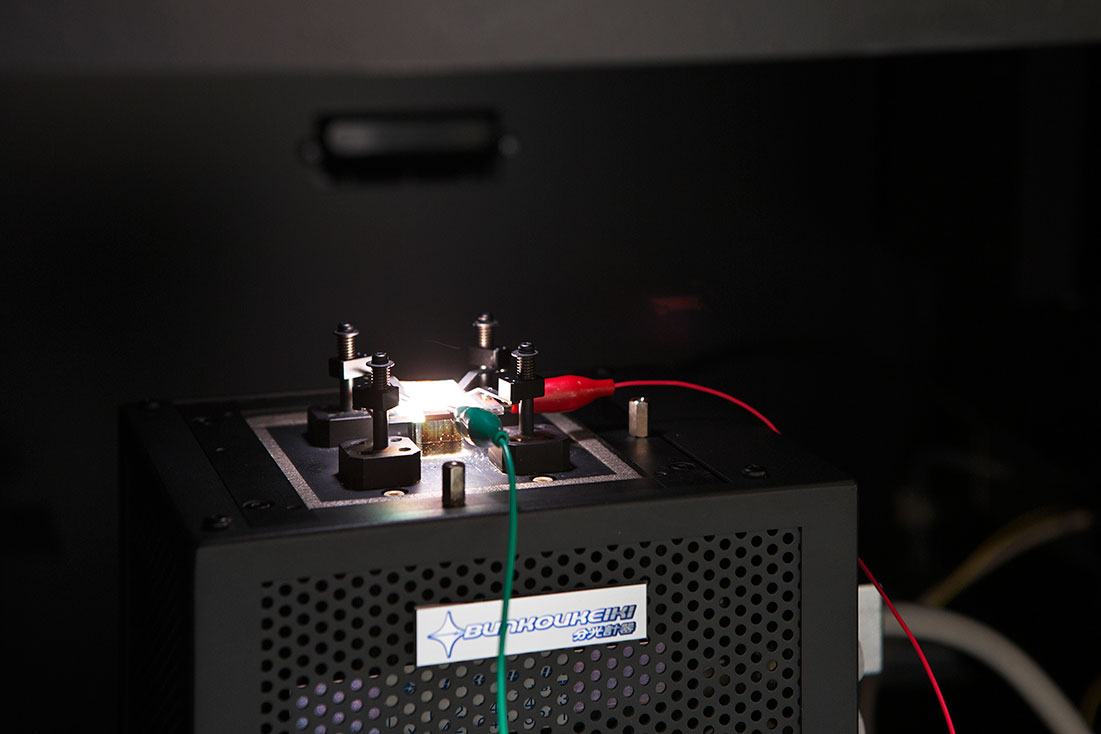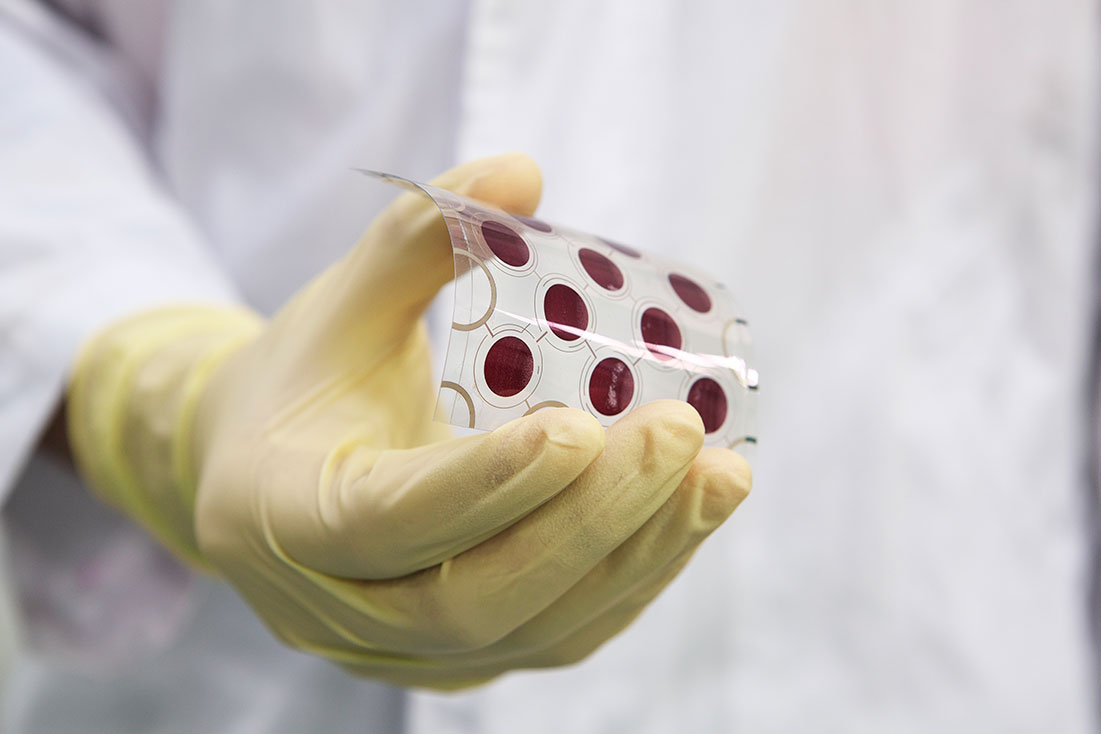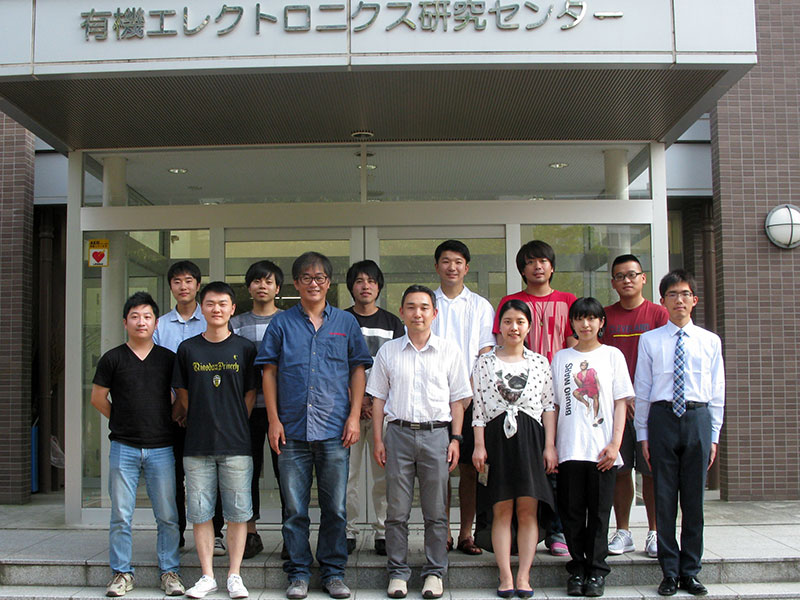Research


Home > Research > YOSHIDA laboratory
Research fields/Keywords:electrochemistry, organic-inorganic hybrid materials, solar cells, energy storage devices, renewable energy
 Professor Tsukasa YOSHIDA
Professor Tsukasa YOSHIDA
Our laboratory is engaged in using low energy processes that leverage electrochemistry to create inorganic and organic materials, and their hybrids. Using these materials, we create renewable energy systems. Our targets are the following: (1) elucidate the principles of and establish the techniques for the control of organic-inorganic hybridization, (2) develop low-cost, sustainable, next generation solar cells that avoid the use of toxic and/or rare elements, (3) develop energy storage technologies using electrochemical and photoelectrochemical material transformations. Through active international collaborations and through global organizations, we are challenging ourselves to address global issues such as energy and environmental problems.
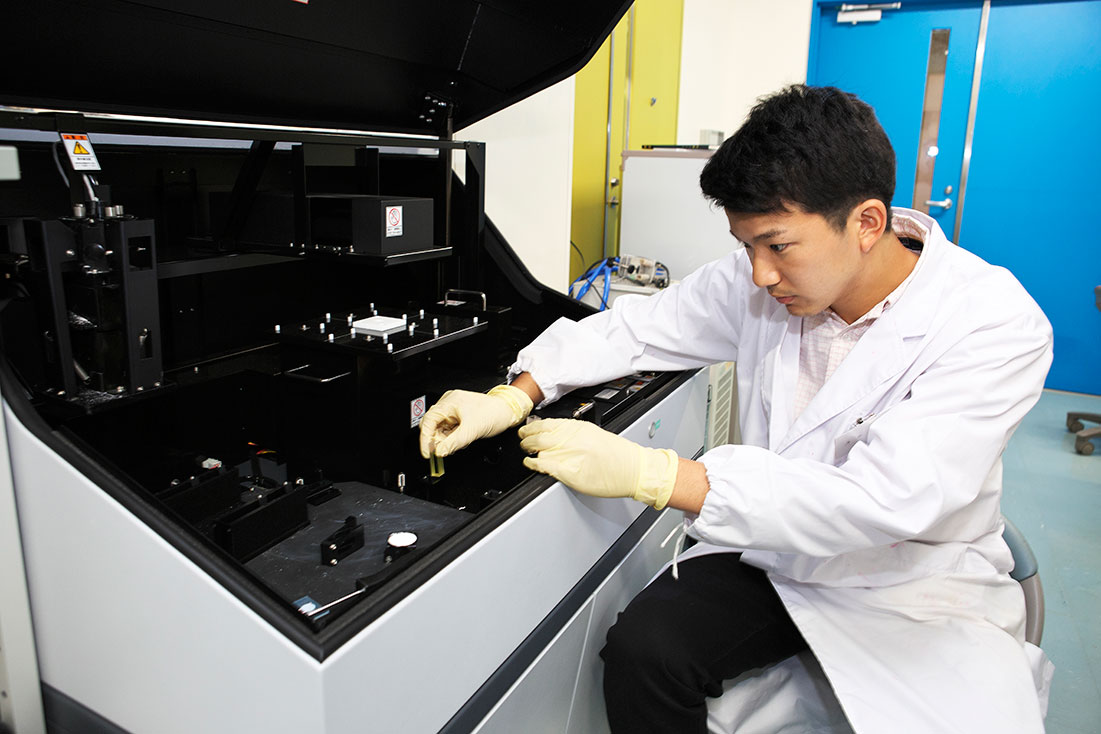
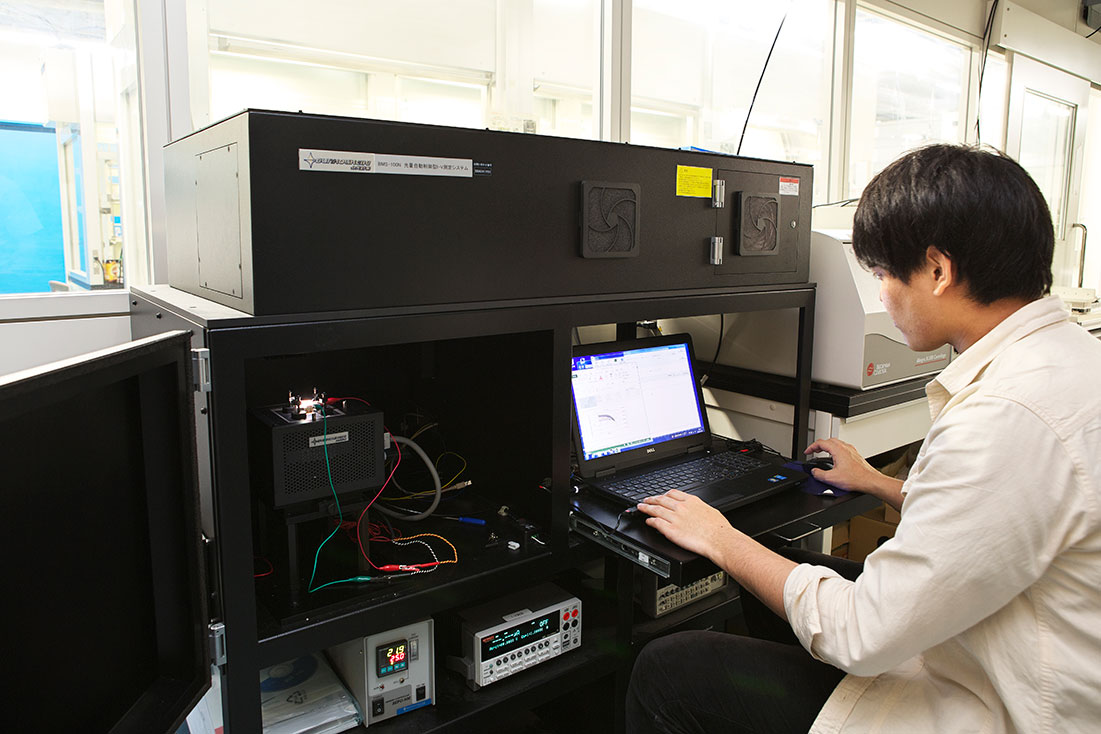
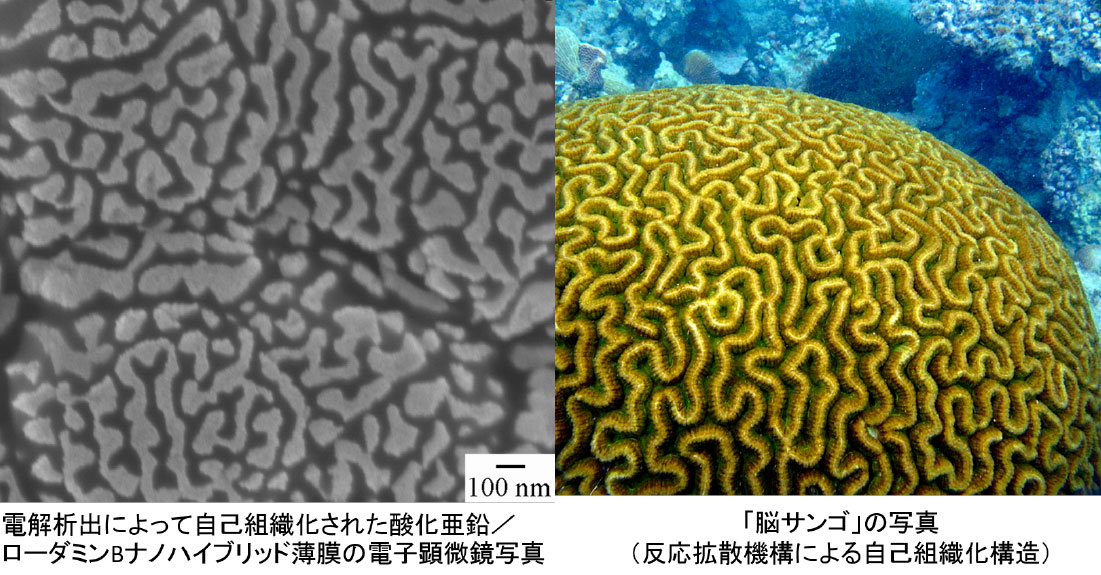
Inorganic materials have excellent properties and stability, whereas properties of organic materials are tunable via chemical synthesis and possess attractive features such as lightweight and flexibility. Their hybrids afford unlimited possibilities for the creation of novel materials. Whether it is organic, inorganic or their hybrid, avoiding high-energy processes with vacuum, high temperatures etc. and toxic rare elements is significantly important in obtaining the materials. Use of solutions is the key to do this. For example, we have achieved nanoscale labyrinth structure through electrochemical self-assembly in aqueous solutions containing zinc ions, oxygen and rhodamine dyes. It has become evident that this structure self-organizes in a reaction-diffusion system, known as “Turing patterns”, which is an essential mechanism in evolution of lifeforms. In this way, we aim to create novel functional materials by leveraging fundamental natural principles.
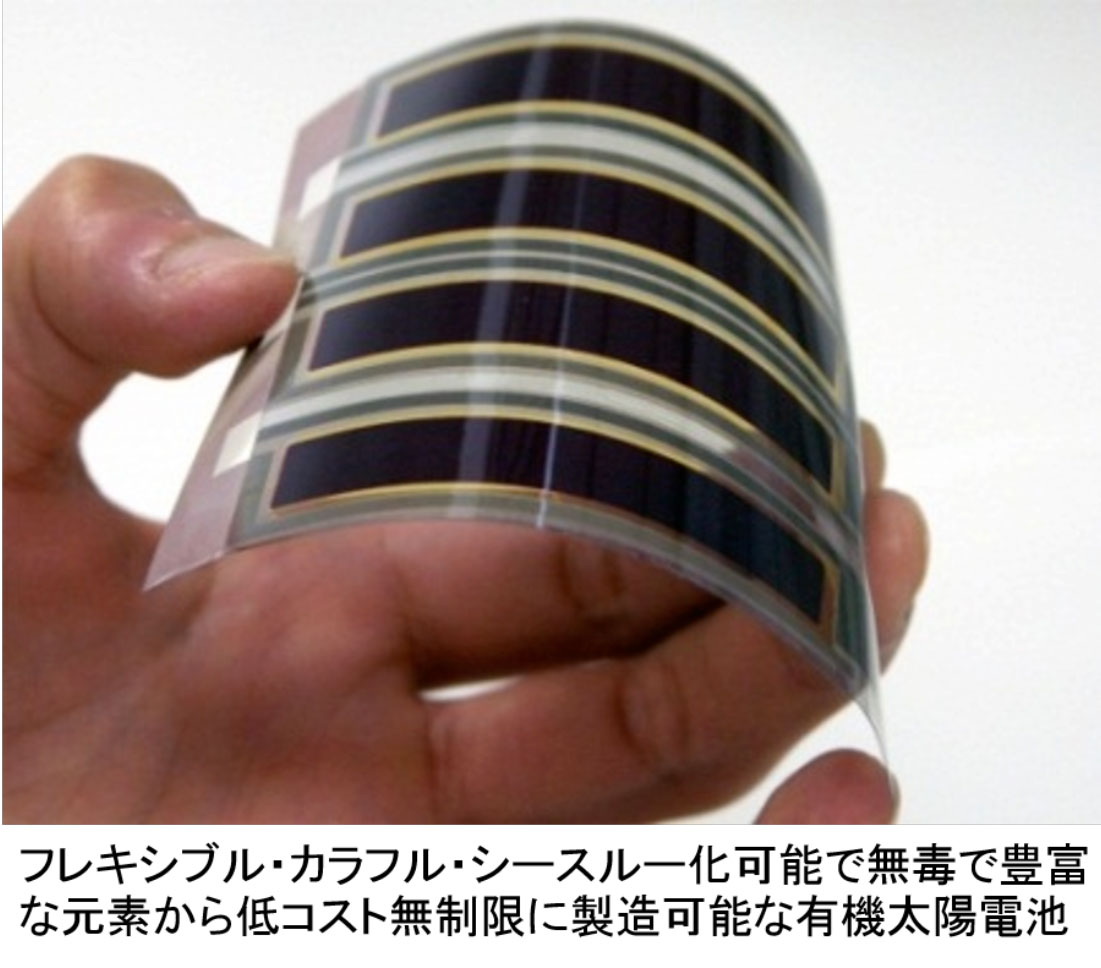
Current energy demand of all of humanity on earth is about 200 TW. If we want to obtain all this power by solar cells, assuming 20% conversion efficiency, solar panels with an area of 100,000 square kilometers (one-fourth of the land of Japan!) are needed. If the life span of the solar panel is 20 years, we have to continue to manufacture 10 TW panels every year just for replacement. For the development of solar photovoltaic technologies, it is not only important to reduce cost and achieve high efficiencies, but also necessary to establish a sustainable technology by avoiding the use of toxic and rare elements. For this, organic solar cells made from artificially synthesized organic materials that can be printed or coated using high-speed continuous film production techniques are ideal. In addition, it might be possible to achieve “wearable solar cells” useful in everyday life situations provided the cells are lightweight, flexible and colorful. We research and develop various types of organic and hybrid solar cells including dye-sensitized, organic thin film, and in addition, next-generation organic charge transfer (CT) crystal.

As the power generated from natural energy sources (solar, wind etc.) inevitably fluctuates depending on weather, massive introduction of renewable energy is difficult, if adequate storage technologies are not developed. In the short-term, the main issue is a solution to the “daily range” (unbalanced production/consumption in one day). But the ultimate goal of the research is to solve the problem of “annual range” (fluctuation over the seasons). In snowy regions like Yonezawa, people developed technologies to preserve its great agricultural production in summer to survive the severe winter by consuming the stored food (energy for human being). We have to achieve the same for the solar electricity produced in summer, salt it to store, and survive winter with no sunshine until the next spring comes. This way, truly sustainable renewable energy society is completed. For such purposes, it is essential to develop technologies different from the batteries used in automobiles and mobile equipment. They don’t have to be light, can be immobile, but must have a huge capacity at low cost, with long life and are safe to the environment. To achieve this, we are studying redox-flow batteries (RFBs) and artificial photosynthesis of chemical fuels through electrolytic reduction of carbon dioxide.
